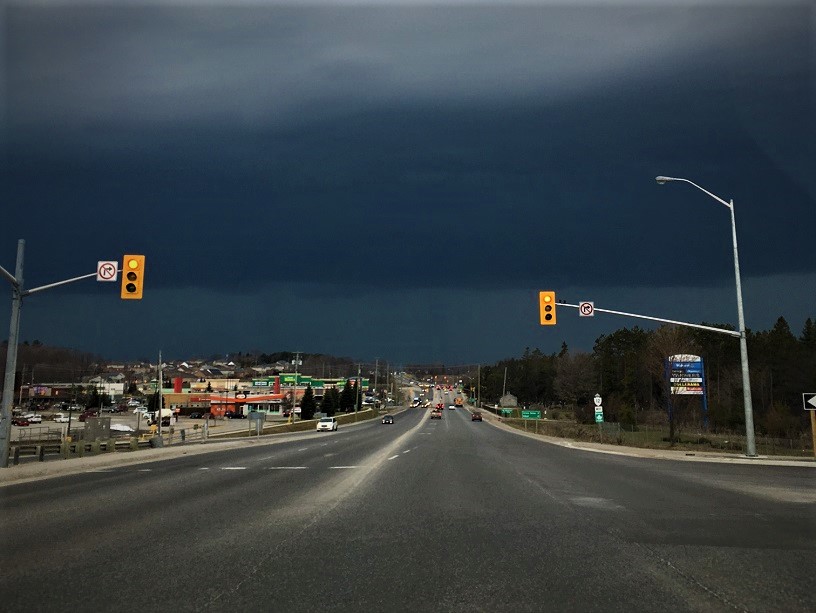After the Storm:
Our local climate can bring some pretty serious weather events leaving you discombobulated after the storm. I know in our area power outages during one of these more violent bursts are not uncommon. We have covered some generator dos and don’ts in past articles, but what should you do after the storm? Here are a few things to consider before getting back to normal.
First check out your appliances:
It’s always a good idea to unplug any appliances before a big storm hits. It will help save any electronic components from getting fried if there is a big surge. After the lights come back on take it slow. Give your electric devices a good ten minutes before putting them into action, and turn them on one at a time. It will give them a chance to stabilize.
Next inspect your food:
When the power is off, your fridge will keep food cold anywhere from 6-12 hours, and your freezer (if left shut) will keep things frozen for over 24 hours. If the power has been out for a significant amount of time you’ll want to check on the state of your groceries. If something has defrosted you should either cook it right away, or get rid of it. If you’re not sure about some of your food and whether or not it has spoiled, just throw it out. There’s no point in taking a chance on spoiled food.
Check for hazards in the basement:
Often after a storm your basement can show signs of damage. Check it for flooding or any other standing water. If you spot an excess of water, it’s a good idea to call in a professional to inspect your electrical system before putting back into full force. It’s likely a sign that you have a structural issue as well that could use some looking after.
Get the water back on:
It’s always a good idea to check on the plumbing as well. If you have turned off and/or drained your hot water tank get it back up and running. Just make sure you take it step by step and stick around until it’s fully operational. Keep an eye on the relief valve and be sure it’s working after the tank is full and hot. You don’t want to assume the valve is set only to find out it’s stuck open and spewing water everywhere.
Be neighbourly:
Once the bad weather has passed and it’s safe to go outside, be a dear and check on the neighbourhood. You may have neighbours that are elderly or live alone, and they could use some help. It also gives you a quick opportunity to inspect the exterior of your home, as well as local infrastructure. If you see a hydro pole snapped in two, you’ll need to make a call.
Set your clocks:
This might be more of a personal pet peeve than anything else, but it’s still important to set the clocks again. The blinking 12:00 might drive you to insanity, and that’s not going to be helpful for anyone.
Finally restock your emergency kit:
If a storm has knocked out the power for more than a few hours you have likely started using your emergency kit. Make sure it’s stocked and ready for the next situation. You’ll want to have fresh batteries, candles, food, water, first aid kit, etc., all in order and easily accessible. It’s a tough chore to be rummaging through your kit in the dark when you need it most. And, if you don’t have a kit, shame on you. Get some tips on what you might need in one of our previous articles.
Stay Safe!


